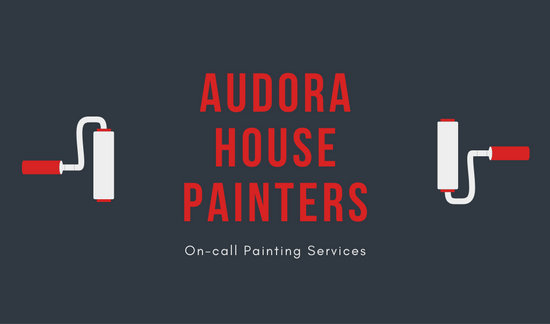Check Out The Effect Of Seasonal Aspects On The Effectiveness Of Business Exterior Paint And Recognize The Ideal Times To Accomplish Long-Lasting Results For Your Task
Check Out The Effect Of Seasonal Aspects On The Effectiveness Of Business Exterior Paint And Recognize The Ideal Times To Accomplish Long-Lasting Results For Your Task
Blog Article
Short Article Author-McLamb Decker
When you're preparing an industrial external paint task, seasonal variables can make or break your results. You'll wish to think about how temperature level and humidity effect paint application and drying out times. Choosing the appropriate season can guarantee your paint sticks appropriately and lasts much longer. Yet which periods are truly the very best for this sort of job? Let's discover the crucial elements that can influence your job's success.
The Influence of Temperature Level on Paint Application
When you're preparing a commercial exterior paint job, the temperature level can dramatically affect how well the paint sticks and dries.
Ideally, you wish to repaint when temperatures vary in between 50 ° F and 85 ° F. If it's as well cool, the paint might not heal correctly, resulting in problems like peeling or cracking.
On the other side, if it's too hot, the paint can dry out as well quickly, protecting against appropriate bond and resulting in an uneven surface.
You should likewise consider the moment of day; early morning or late afternoon supplies cooler temperature levels, which can be a lot more desirable.
Always examine federal painter in mn for the specific paint you're utilizing, as they frequently provide advice on the optimal temperature level array for optimum results.
Moisture and Its Effect on Drying Times
Temperature level isn't the only environmental variable that influences your business external painting task; moisture plays a considerable role too. High moisture levels can reduce drying out times substantially, influencing the total top quality of your paint task.
When the air is filled with moisture, the paint takes longer to heal, which can cause concerns like bad attachment and a higher danger of mold growth. If you're repainting on a particularly moist day, be gotten ready for extensive delay times in between layers.
It's important to keep track of neighborhood weather and strategy appropriately. Preferably, go for moisture degrees between 40% and 70% for ideal drying.
Maintaining these factors in mind guarantees your job stays on track and provides a long lasting coating.
Best Seasons for Commercial Outside Painting Projects
What's the best time of year for your commercial outside paint projects?
Springtime and early loss are generally your best bets. During exterior painting contractor plymouth , temperatures are light, and humidity levels are usually reduced, creating excellent problems for paint application and drying.
Stay clear of summer's intense heat, which can cause paint to completely dry too rapidly, bring about bad attachment and surface. Similarly, wintertime's chilly temperature levels can hinder appropriate drying and treating, risking the longevity of your paint work.
Aim for days with temperature levels between 50 ° F and 85 ° F for optimal outcomes. Bear in mind to check the regional weather forecast for rainfall, as damp conditions can spoil your task.
Preparation around these factors guarantees your painting job runs smoothly and lasts much longer.
Final thought
Finally, planning your business exterior paint tasks around seasonal factors to consider can make a considerable difference in the end result. By scheduling work during the ideal temperatures and moisture levels, you'll ensure much better bond and drying times. Keep in mind to keep an eye on neighborhood weather prediction and select the correct time of year-- springtime and very early fall are your best options. Taking these actions will certainly help you achieve a resilient and professional coating that lasts.
